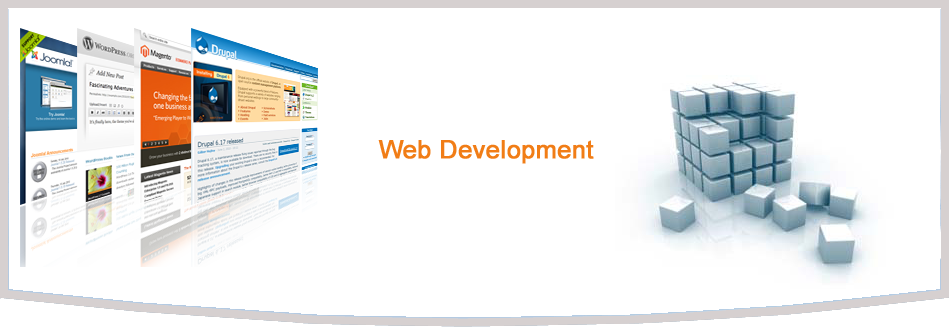-
An-Najah National University Engineering&am...
-
To see full course outline click here
-
Study plan: First: Students should read the follo...
-
Second:see this video Third :Go to this...
-
Overview at basic PHP syntax, then moving into tal...
-
Study Plan: First: Students should read th...
-
second : Go to this website and practice on php on...
-
Introduction: In week 2 and 3 the students will l...
-
Study Plan: First: Students should read the foll...
-
Lab session, Date: 5/2/2013: During lab sessi...
-
Lab session, Date: 12/2/2013: During lab sess...
-
Introduction: This topic introduces two new ideas...
-
Label
-
This topic addresses the bane of the programmer: e...
-
Introduction: Now that you have a sufficient amou...
-
Third : Lab session (Using PHP with MYSQL), Da...
-
Introduction: This topic addresses how PHP handel...
-
second : this a simple example about how to write...
-
Introduction: - cookies : A cookie is often used ...
-
second : this a simple example about how to write ...
-
Introduction: The aim of this section was to let ...
-
Blog A: The students in this blog will discuss ...
-
Project B Each group of students should develop a...
-
Blog B: The students in this blog will discuss ...
-
Introduction to Classes
Topic outline
-

-
Forum
-
Assignment
-
Assignment
-
-
Web client -server architecture & Intro to PHP
Introduction:
This lesson introduce students to the main concept of dynamic web programming and highlight the differences between client-side and server-side scripting languages. Through the session reasons were given to show why PHP was choosen to be our server-side scripting language in this course.
Objectives:
After Completing this Section the Student should be able to:
-
Understand the difference between server-side and client-side scripting languages
-
Main advantages of using PHP language as our server-side scripting language, and
-
How PHP works?
-
File
-
File
-
URL
-
-
Topic two: Syntax, Variables & Strings Introduction
-
URL
-
Topic Three: Introduction to PHP Programming and Syntax
-
File
-
File
-
Topic Four: Creating Dynamic Websites
-
File
-
Topic Five: Error Handaling and Debugging
-
Topic Six: Using PHP with MYSQL
-
URL
-
Topic Seven: PHP Mail
-
File
-
Topic Eight: cookies and sessions
-
Topic Nine: Course Blog
-
In PHP with MySQL Beyond the Basics, expert instructor Kevin Skoglund introduces powerful PHP programming techniques using object-oriented programming (OOP). Both novice and experienced PHP developers will benefit from the efficient, well-organized, reusable, and easy-to-understand code that OOP offers. Kevin shows how OOP techniques can streamline database queries, help manage sessions, and simplify user logins. While building a real-world web application, Kevin also includes practical advice on topics ranging from structuring code to logging user actions. Exercise files accompany the course.
-
- Understanding class inheritance
- setting access modifiers
- Using setters and getters
- Working with the static modifier
- Reviewing the scope resolution operator
- Referencing the parent class
- Using constructors and destructors
- Cloning objects
- Comparing objects
-
Folder
-
-
-

